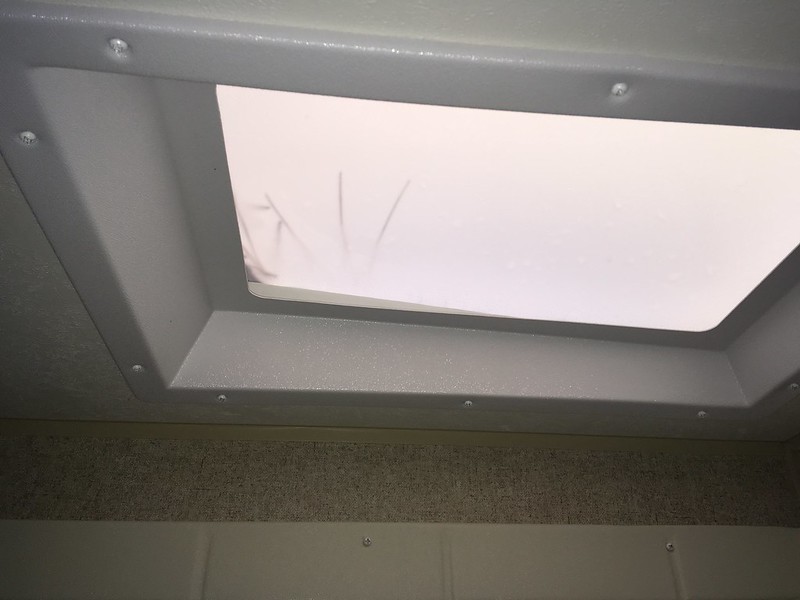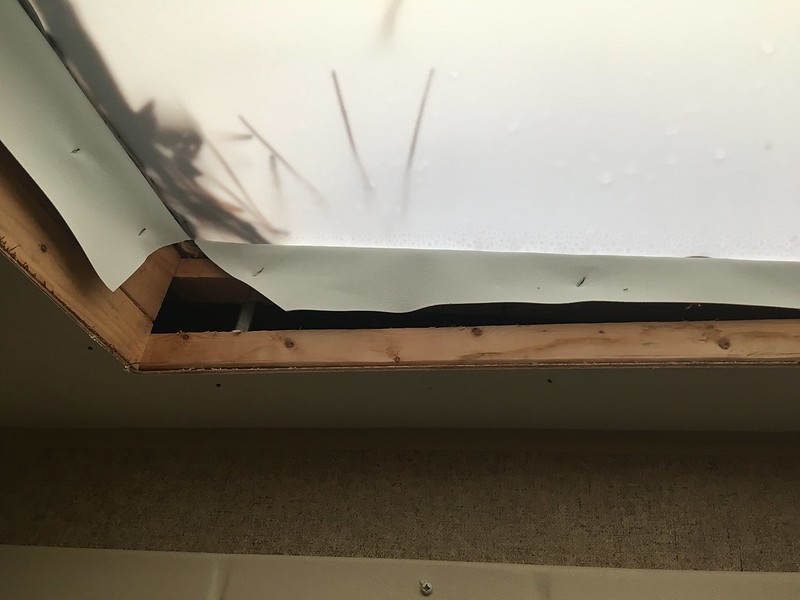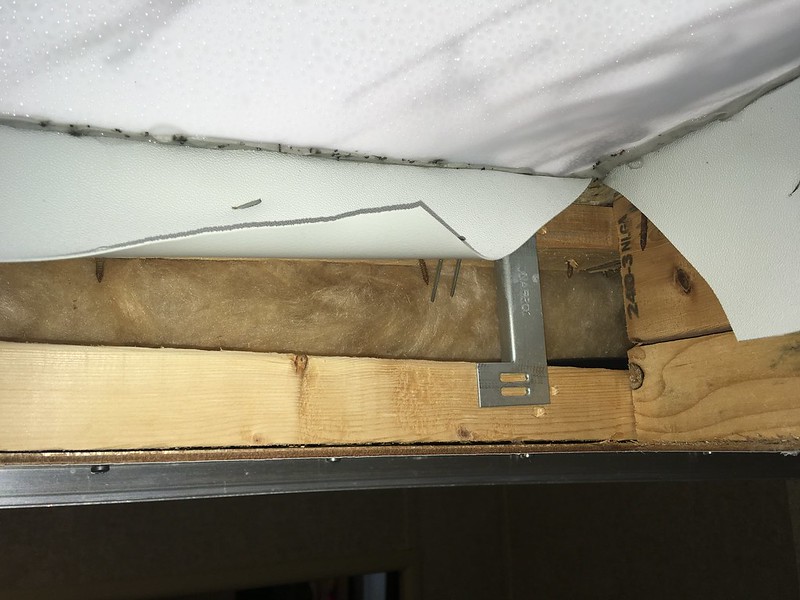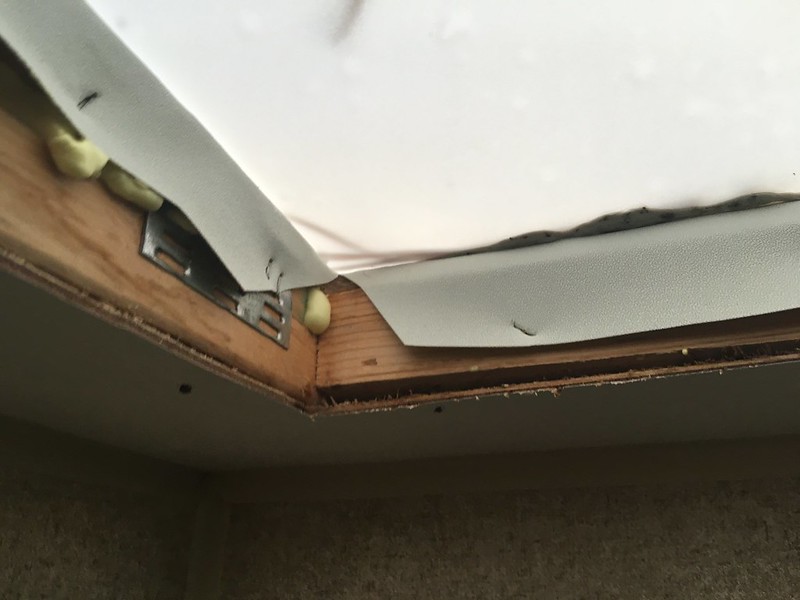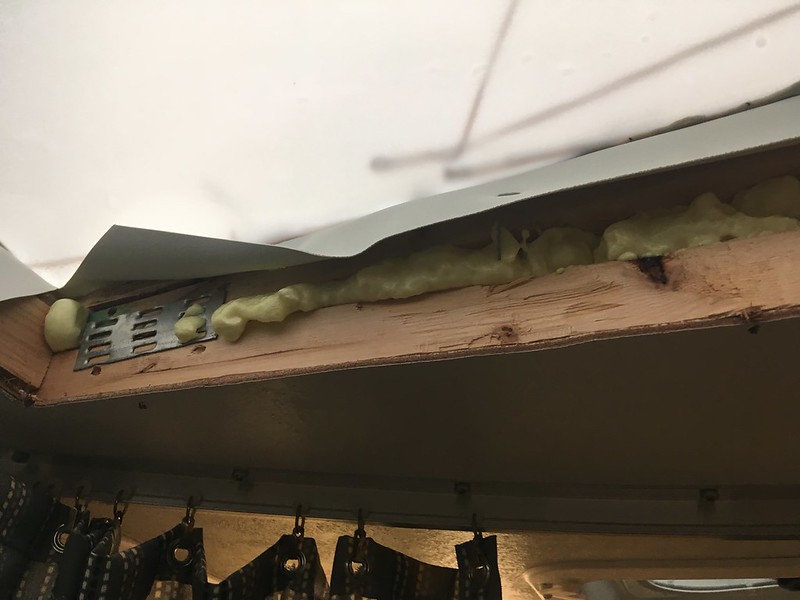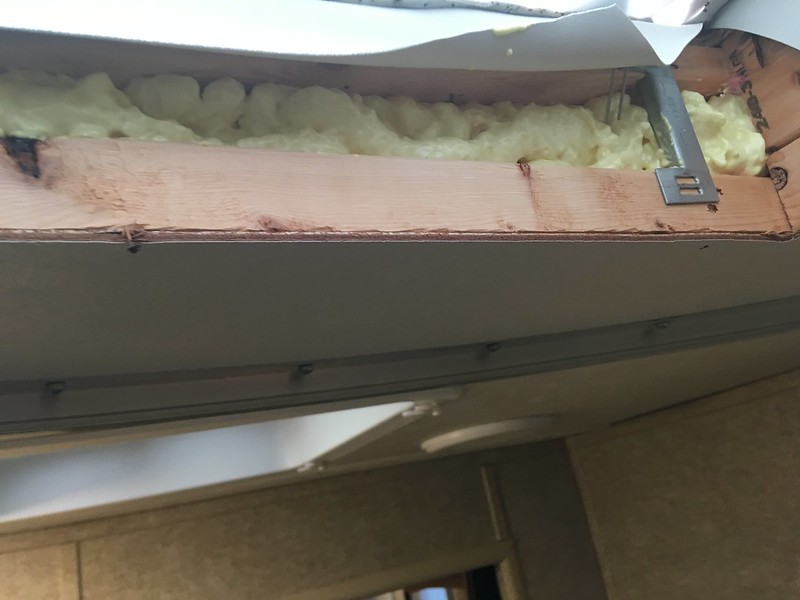lawrosa
Dec 09, 2018Explorer
skylight condensation
Living in my 26ft coachmen for the past 6 months now. Im in Myrtle beach. Just noticed water droplets on membrane between ceiling and skylight bubble. its colder here and running electric heat p...
